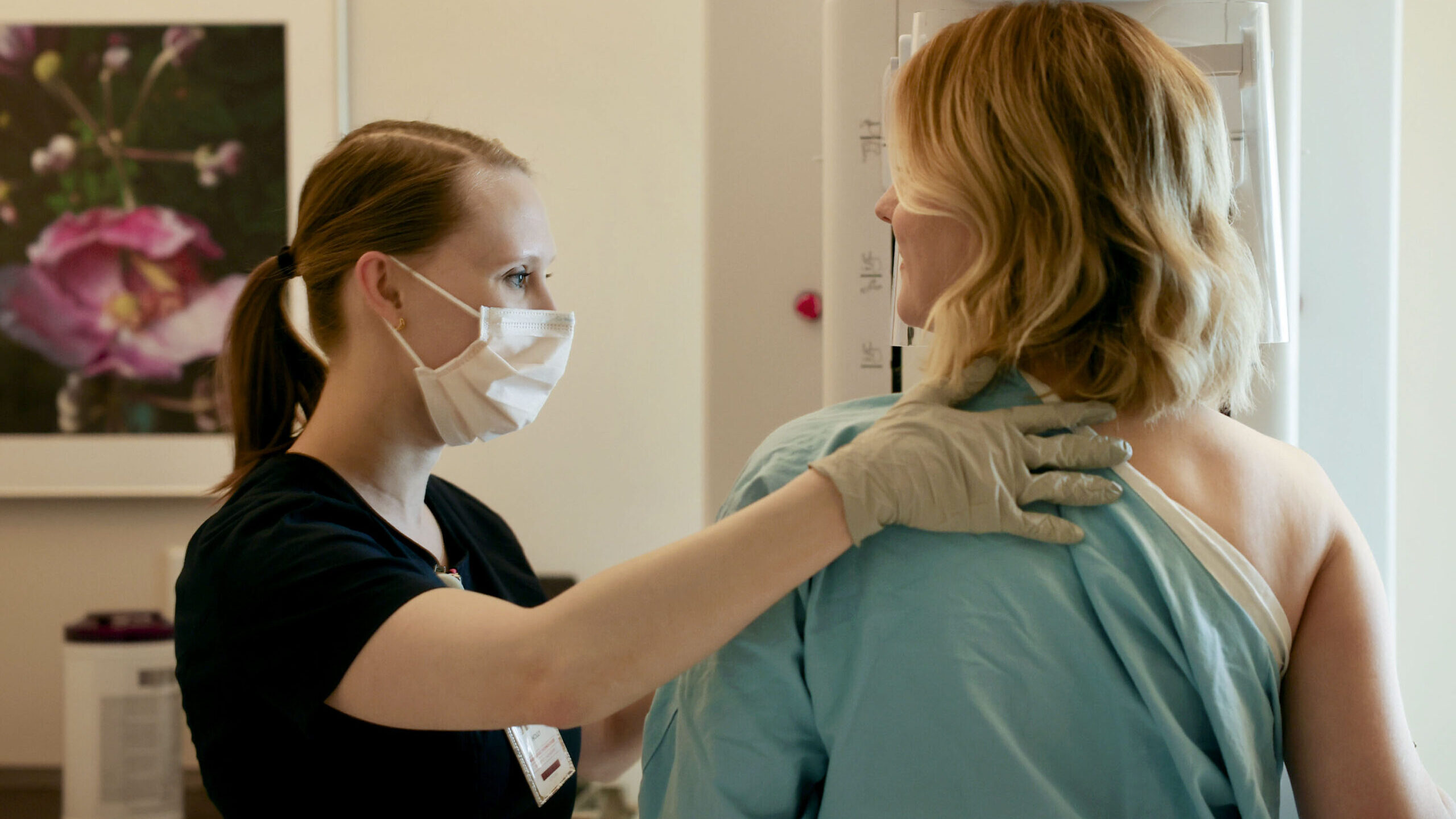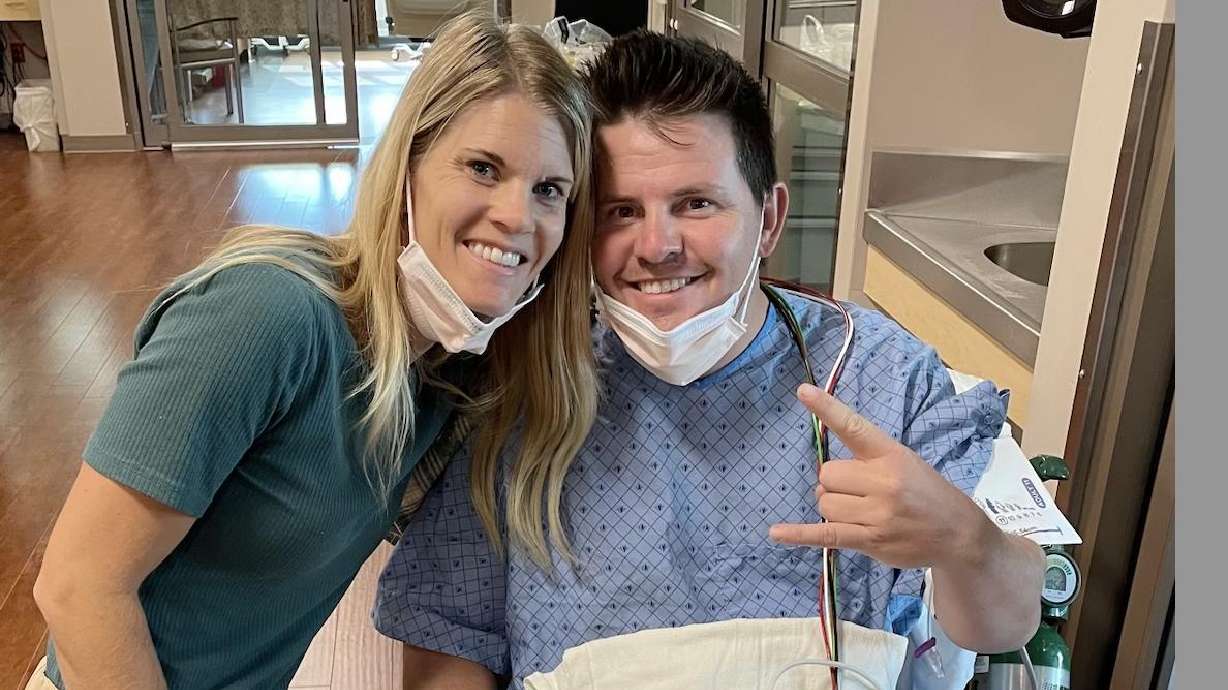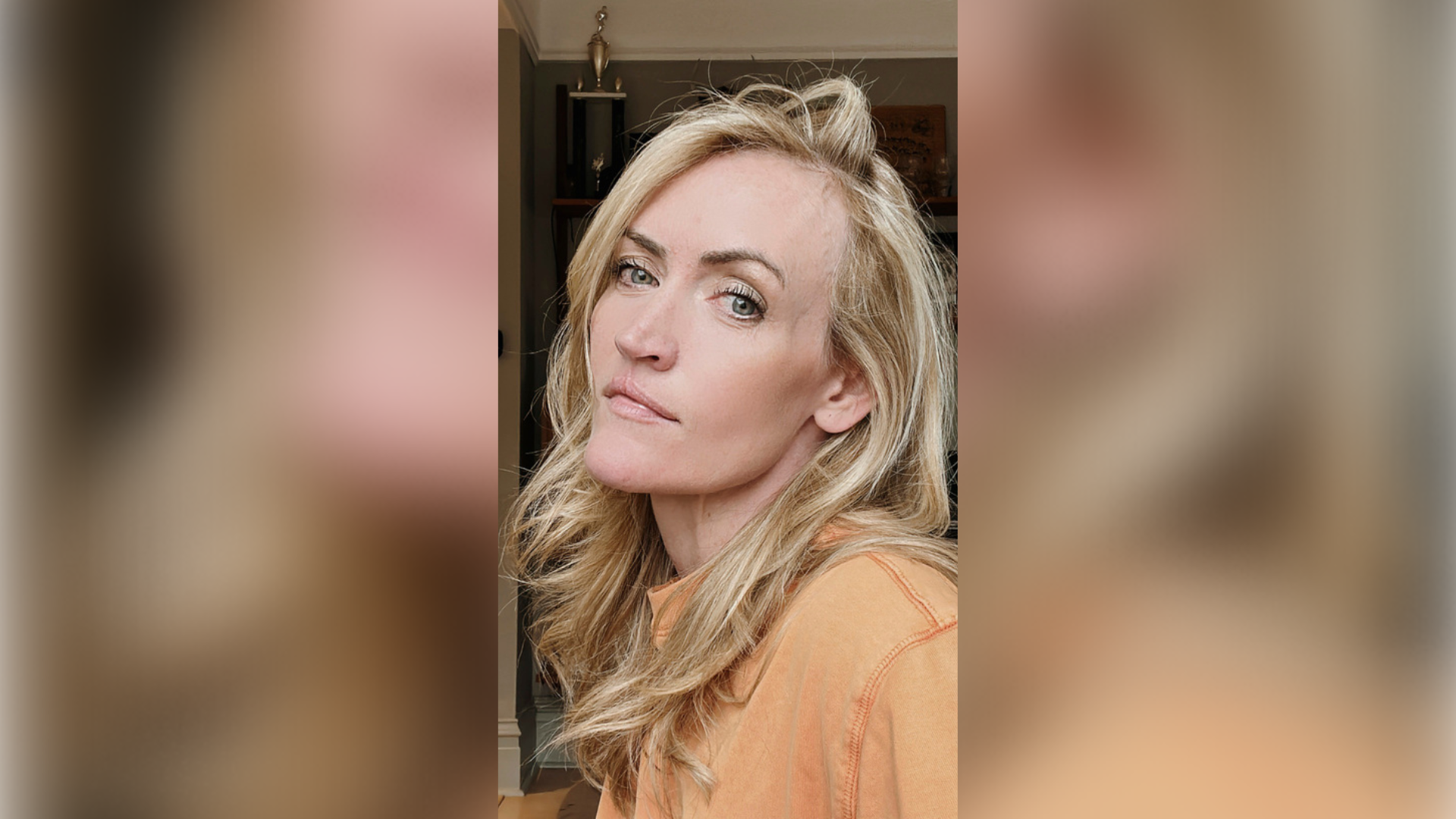HEALTH
New research suggests breast cancer screenings should be done much earlier
May 9, 2023, 3:30 PM | Updated: May 10, 2023, 1:34 pm

Registered radiologic technologist Holly Speer performs a mammogram on Heather Simonsen at the Huntsman Cancer Hospital in Salt Lake City on Friday, April 7, 2023. (Laura Seitz, Deseret News)
(Laura Seitz, Deseret News)
SALT LAKE CITY — To date, American women have been getting preventative mammograms a decade too late. Women should get these breast cancer screenings beginning at age 40 according to the United States Preventive Services Task Force (USPSTF).
Previously, the USPSTF recommend women aged 50-74 receive mammograms biannually, or every two years.
“For many women, mammograms are the best way to find breast cancer early, when it is easier to treat and before it is big enough to feel or cause symptoms,” the Centers for Disease Control and Prevention wrote on its webpage.
Phoebe Freer, MD and chief of breast cancer imaging at the Huntsman Cancer Institute told Dave and Dujanovic the recommended change has huge benefits.
“The benefit of mammography..,” explained Freer. “Is saving lives.”
The CDC says those at higher risk of cancer should likely have more frequent testing, and that all women should consult with their doctor before receiving an exam.
“New and more inclusive science about breast cancer in people younger than 50 has enabled us to expand our prior recommendation and encourage all women to get screened every other year starting at age 40,” Task Force immediate past chair Carol Mangione, M.D., M.S.P.H. said on the USPSTF website.
The American Cancer Society predicts that in 2023, About 43,700 women will die from breast cancer in the U.S.
“We have long known that screening for breast cancer saves lives, and the science now supports all women getting screened, every other year, starting at age 40.” The USPSTF wrote.
However, Dr. Freer said there really is no magic number.
“They had been using (age) 50 as a surrogate for menopause. We do know that breast cancer risks go up every year as a woman gets older. At a certain point you have to start looking at how common cancers are.
As Dr. Freer explains, the risks for women aged 35-49 is similar to risks for women in their 60s. So to her, it’s a “no brainer” that women in their 40s should be receiving mammograms.
The risk for breast cancer is higher for Black women
Currently, breast cancer is disproportionately affecting Black women. According to USPSTF, Black women have a 40% higher chance of dying from breast cancer than white women. And, “too often get aggressive cancers at young ages.”
Additionally, the USPSTF is searching for evidence to better understand the disparities. However, in the meantime, they are urging all healthcare professionals to assure effective follow-up and conversations after screening and offer timely treatment of breast cancer.
Further, providers should consider healthcare strategies that would work best for Black women.
Why not an annual screening?
Further, the USPSTF said they were able to make this conclusion by studying cancer in women under 50.
Lowering the age raises the question, why not get annual breast cancer screenings as opposed to bi-annual screenings?
“The latest science continues to show that when you balance lives saved against harms like unnecessary follow-up and treatment, women benefit more when screening is done every other year,” the USPSTF said.
However, Dr. Freer said if you screen annually starting at the age of 40, you get a 42% life-saving benefit. If you opt to do it every other year, that percentage lowers to 30%.
As far as the future of screening research, the USPSTF says they need urgent research for health disparities. Specifically, this research must cover Black, Hispanic, Latina, Asian, Pacific Islander, Indigenous North American, and Alaska Indigenous women.
Recommendations made by the USPSTF are independent of the U.S. government. They should not be construed as an official position of the Agency for Healthcare Research and Quality or the U.S. Department of Health and Human Services.
Listen to the entire segment with Dr. Phoebe Freer, MD and chief of breast cancer imaging at the Huntsman Cancer Institute.












